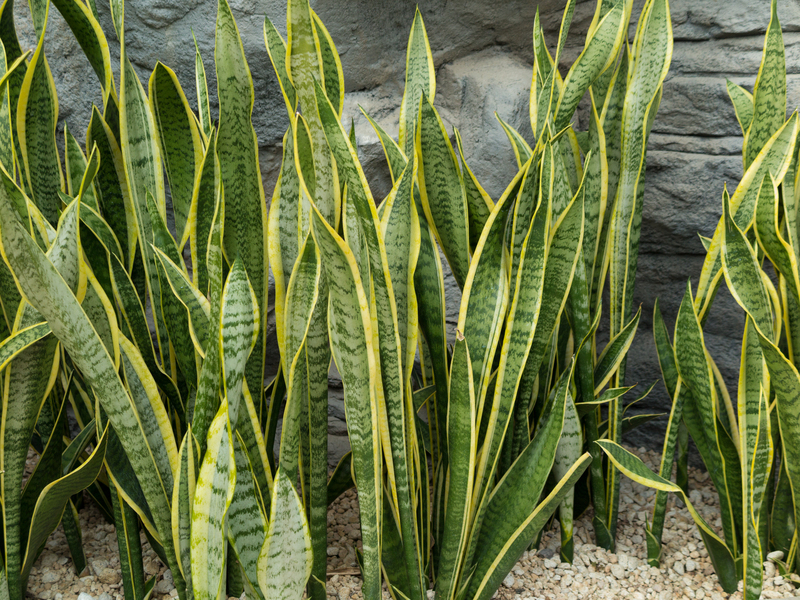Steps to Ensure Healthy Growth for New Grass
Posted on 10/09/2024
Establishing a vibrant, healthy lawn starts with sowing new grass seeds and ensuring they get the best possible start. Cultivating new grass requires diligence, patience, and the right techniques to foster healthy growth. This article will guide you through the necessary steps to ensure your new grass flourishes.
Step 1: Soil Preparation
Before you even think about spreading grass seed, you must prepare the soil. Perform a soil test to determine the pH levels and nutrient content. Based on the test results, amend the soil to achieve the ideal conditions required for grass growth. Generally, grass prefers a slightly acidic to neutral pH (6.0 to 7.0).
1. Remove Debris: Clear the area of any rocks, old grass, and weeds.
2. Loosen the Soil: Use a tiller or garden fork to loosen the soil about 4-6 inches deep.
3. Add Organic Matter: Mix in compost or other organic materials to enhance soil structure and fertility.

Step 2: Choose the Right Grass Seed
The choice of grass seed is crucial for the success of your lawn. Different grass types thrive in varying climates and soil types. Research the best grass varieties for your region to ensure optimal growth. Consider factors like sunlight, rainfall, and temperature.
1. Cool-Season Grasses: Best for cooler climates. Examples include Kentucky Bluegrass and Fescue.
2. Warm-Season Grasses: Prefer warmer climates. Examples include Bermuda and Zoysia grasses.
Step 3: Seeding
Proper seeding is vital for establishing a healthy lawn. Choose a calm day with no wind to ensure even distribution of seeds.
1. Broadcast Seeds Evenly: Use a spreader to distribute the seeds uniformly across the prepared soil.
2. Rake and Roll: Lightly rake the soil to cover the seeds and then use a roller to press seeds into the soil for good soil-to-seed contact.
3. Watering: Water the newly seeded lawn gently but thoroughly. The aim is to keep the top 1-2 inches of soil moist.
Step 4: Watering Guidelines
Consistent moisture is critical for seed germination and early growth.
1. Initial Watering: Water lightly and frequently (2-3 times a day) to keep the soil consistently moist.
2. Post-Germination: After the grass sprouts, reduce watering frequency but increase the amount of water per session to encourage deep root growth.
Step 5: Fertilization
Fertilization provides essential nutrients to support young grass.
1. Starter Fertilizer: Apply a balanced, slow-release starter fertilizer high in phosphorus to encourage root development.
2. Follow-Up Fertilization: About 4-6 weeks after the grass has germinated, apply a nitrogen-rich fertilizer to promote growth.
Step 6: Mowing
Mowing newly grown grass must be done carefully to avoid damaging young plants.
1. Initial Mow: Wait until the grass reaches about 3 inches in height before the first mow.
2. Mowing Height: Set the mower height to remove only the top third of the grass blades.
Step 7: Weed Control
Weeds can compete with grass for nutrients, light, and water.
1. Hand Pulling: Remove weeds by hand during the early stages of grass growth.
2. Post-Emergent Herbicides: Use post-emergent herbicides if the grass is well-established and weeds are prevalent.
Tips for Healthy Grass Growth
1. Avoid Overwatering: Excess moisture can lead to fungal diseases.
2. Aerate the Soil: Aerate your lawn annually to improve air circulation and soil structure.
3. Overseed: Periodically overseeding can help fill in bare spots and improve lawn density.
4. Avoid Heavy Foot Traffic: Protect young grass from heavy traffic to prevent soil compaction.
Pros and Cons
Pros:
- Aesthetically Pleasing: A well-maintained lawn is visually appealing.
- Environmental Benefits: Grass lawns contribute to oxygen production and reduce erosion.
- Increased Property Value: A healthy lawn can increase the value of your property.
Cons:
- Maintenance Intensive: Requires regular upkeep, including mowing, watering, and fertilizing.
- Resource Use: Lawns can be water-intensive, especially in dry regions.

Takeaways
1. Soil Preparation: Ensuring your soil is ready for seeds is critical.
2. Appropriate Seeding and Watering: Even distribution of seeds and proper watering techniques are essential for germination.
3. Regular Care: Ongoing maintenance, including fertilization and mowing, promotes healthy growth.
Conclusion
Growing a healthy lawn begins with careful planning, proper seeding techniques, and attentive care. By following these steps, you can establish a lush, green lawn that enhances the beauty and value of your property. Whether you are a seasoned gardener or a novice, patience and consistency are key to nurturing new grass.






 Certified and experienced landscapers
Certified and experienced landscapers



 Get a Quote
Get a Quote